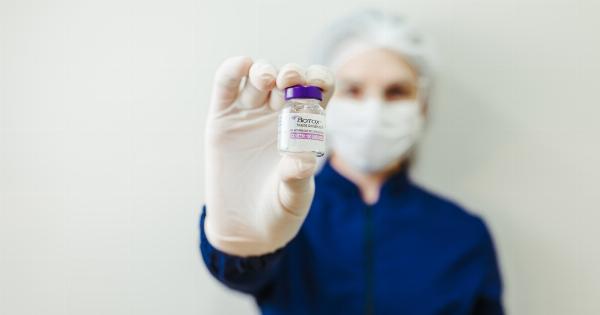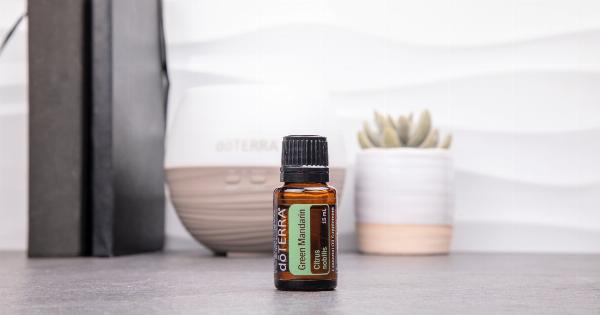Do you find yourself constantly dealing with embarrassing sweat puddles under your arms, on your forehead, or on the palms of your hands? Excessive sweating, also known as hyperhidrosis, can be a real nuisance.
It can negatively impact your confidence, social interactions, and overall quality of life. But fear not, there’s a solution that can help reduce excessive sweating and restore your peace of mind: Botox.
What is Botox?
Botox, short for Botulinum toxin, is a neurotoxic protein produced by the bacterium Clostridium botulinum.
While it is known for its cosmetic uses in reducing the appearance of wrinkles, Botox also has several medical applications, including the treatment of hyperhidrosis.
How does Botox help with excessive sweating?
Botox works by temporarily blocking the chemical signals from the nerves that stimulate sweat production.
When injected into specific areas, such as the underarms, forehead, or palms, Botox inhibits the release of a neurotransmitter called acetylcholine. This neurotransmitter is responsible for activating the sweat glands. By blocking its release, Botox can effectively reduce sweating in the targeted areas.
The Botox treatment process
Undergoing a Botox treatment for excessive sweating is a relatively simple and quick procedure. During the treatment, a skilled medical professional will inject small amounts of Botox into the affected areas.
The number of injections may vary depending on the severity and location of the hyperhidrosis. Most patients report minimal discomfort during the procedure, and it typically takes less than an hour to complete.
After the treatment, you can usually resume your normal activities immediately. However, it is advisable to avoid vigorous exercise and excessive heat exposure for the rest of the day.
The full effects of the Botox treatment will become noticeable within a couple of days, with results lasting anywhere from four to twelve months.
The benefits of Botox for hyperhidrosis
Choosing Botox to combat excessive sweating can provide several advantages:.
- Long-lasting results: While individual results may vary, Botox typically provides relief from excessive sweating for several months before retreatment is necessary.
- Targeted treatment: Botox can be injected into specific areas, allowing for precise treatment tailored to your unique sweat problem.
- Non-surgical: Botox injections are a non-invasive alternative to surgical options for treating hyperhidrosis, making it a simpler and less risky choice.
- Improved quality of life: By reducing excessive sweating, Botox can enhance your confidence, social interactions, and overall well-being.
- Minimal side effects: The side effects of Botox for hyperhidrosis are typically mild and temporary, including minor bruising or swelling at the injection sites.
The importance of consulting a professional
While Botox offers a promising solution for excessive sweating, it is crucial to consult with a qualified medical professional before undergoing the treatment.
An experienced practitioner will assess your specific situation, discuss potential risks and benefits, and recommend the most appropriate treatment plan tailored to your needs.
Additionally, only a licensed professional should administer Botox injections. Choosing an experienced and reputable provider ensures that the procedure is performed safely and accurately, minimizing the risks of complications.
Other treatments for hyperhidrosis
In addition to Botox, there are other treatments available for hyperhidrosis:.
- Antiperspirants: Prescription-strength antiperspirants, containing aluminum chloride, can be applied to the skin to reduce sweat production.
- Medications: Certain oral medications, such as anticholinergics, can help control excessive sweating. However, they may have side effects and are not suitable for everyone.
- Iontophoresis: This treatment involves applying a low-level electrical current to the affected areas, temporarily blocking the sweat glands.
- Surgery: In severe cases of hyperhidrosis, surgical options like sweat gland removal or sympathectomy may be considered. These procedures are usually reserved for patients who have not responded to other treatments.
It is essential to discuss these options with your healthcare provider to determine the most suitable course of action for your specific condition.
Conclusion
Dealing with excessive sweating can be both frustrating and embarrassing. However, with advancements in medical aesthetics, such as Botox, relief is possible.
Botox injections offer a straightforward and effective solution for those suffering from hyperhidrosis, allowing you to bid farewell to sweat puddles and regain your confidence.
If excessive sweating is affecting your daily life, consult with a qualified medical professional to explore whether Botox or alternative treatments are right for you.
Choose to break free from the discomfort and worries caused by hyperhidrosis and embrace a fresher, drier future.






























